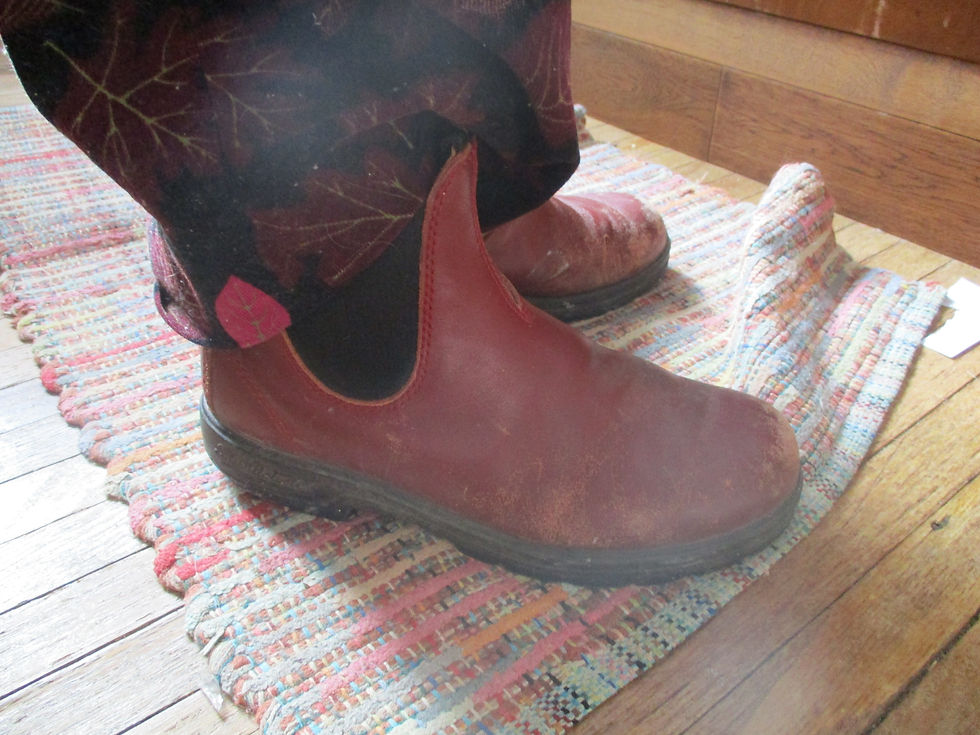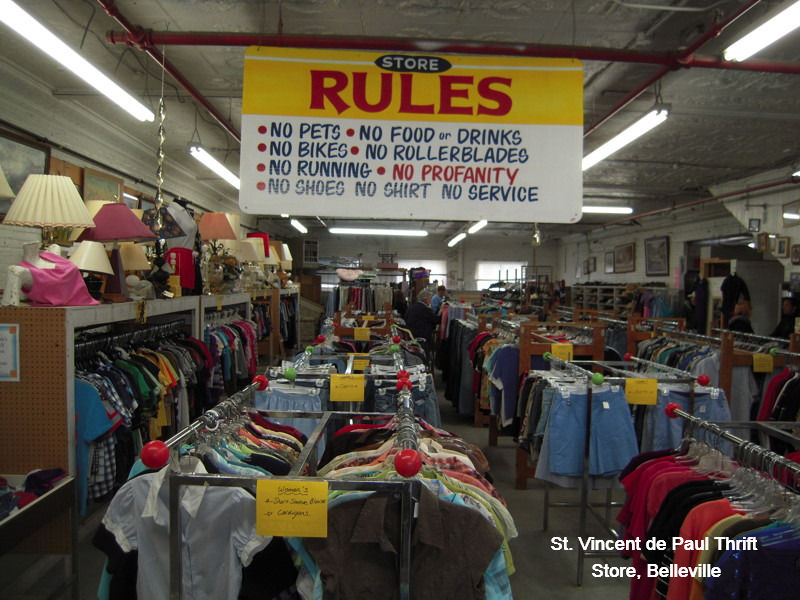Turning Down the Heat
- Laura Crystal
- Jan 16, 2020
- 2 min read
In our climate of course we need to heat our homes but we don't need to be comfortable in bathing suits. If we all turned down the heat a little, each of us would barely notice and together we'd make a big environmental impact.

I woke up this morning to a beautiful winter wonderland outside my window. It looked lovely but as soon as my feet touched the floor, I was cold. I'm always cold. My hands and feet are usually so chilly that they make people cringe when I touch them (it's true, ask my kids!).
Even though I'm always cold, I usually don't turn up the thermostat (sure, there are those moments when I'm chilled to the bone and so I do- but I turn it back down again).
Instead I pile on undershirts and long johns and long sleeves and sweaters and ponchos... and then blankets. Maybe I'm exaggerating (just a little). But I do put on layer after layer of clothing to keep me warm in my house. This has been awkward going to other people's homes because I find myself shedding those layers so that I don't sweat all over the place.
And that brings me to my point:
in the winter, our homes should be warm, sure, but not so warm that we're comfortable without a sweater.
It's sure tempting to keep houses toasty (outside is so frosty after all) but most of us can handle a few degrees cooler. So, if you have a thermostat to control your furnace, try turning it down a few degrees. Maybe you won't even notice the difference. But the environment sure will (and your heating bills will notice too!). I don't want anyone to freeze but if I haven't, and I sleep with a duvet in the summer, I think you'll be okay too.
This winter, instead of cranking up the heat, try cuddling up together under blankets, drinking warm tea and hot chocolate, enjoying warm food and of course (I grudgingly admit that this is one of the most effective warmer-uppers) doing the dishes!



Comments